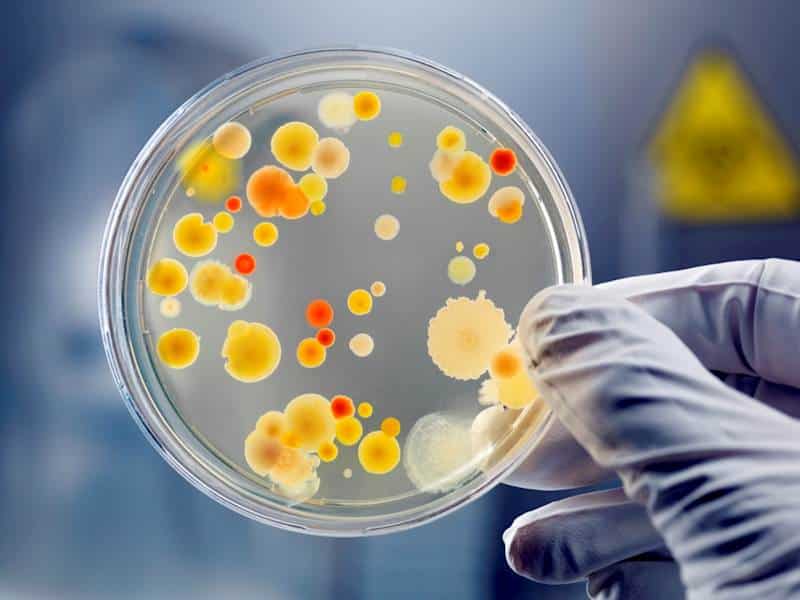Infection

Nipples already sore due to friction, breastfeeding, hormonal changes, or sexual contact are more likely to be infected. Open wounds, minor cuts, chaffing, and cracks also increase the infection risk. In addition, a person may develop fungal, yeast, and bacterial infection caused by different microorganisms. Mastitis, folliculitis, and thrush are two of the most common nipple infections.
Thrush is another example of yeast infection common among breastfeeding women. As a result, their nipples may appear bright pink, and the area around them may look flaky and reddish. In addition, a sharp hot pain is experienced around the nipples during and after feeding their babies. Without proper medication, thrush may also affect the baby.
Mastitis is another infection that causes severe breast and nipple pain due to clogged milk ducts during pregnancy. Clogged ducts may trap the milk in a particular area, encouraging bacterial growth. An individual with mastitis may experience swollen breasts, sore and painful nipples, and red areola. If left untreated, patients may also suffer from fevers, chills, inflammation of the breast, the development of lumps, and overly sensitive nipples.
Folliculitis is another nipple infection caused by clogged hair follicles. Clogged hair follicles around the nipples can trap sweat and dirt, promoting the growth of microorganisms.










